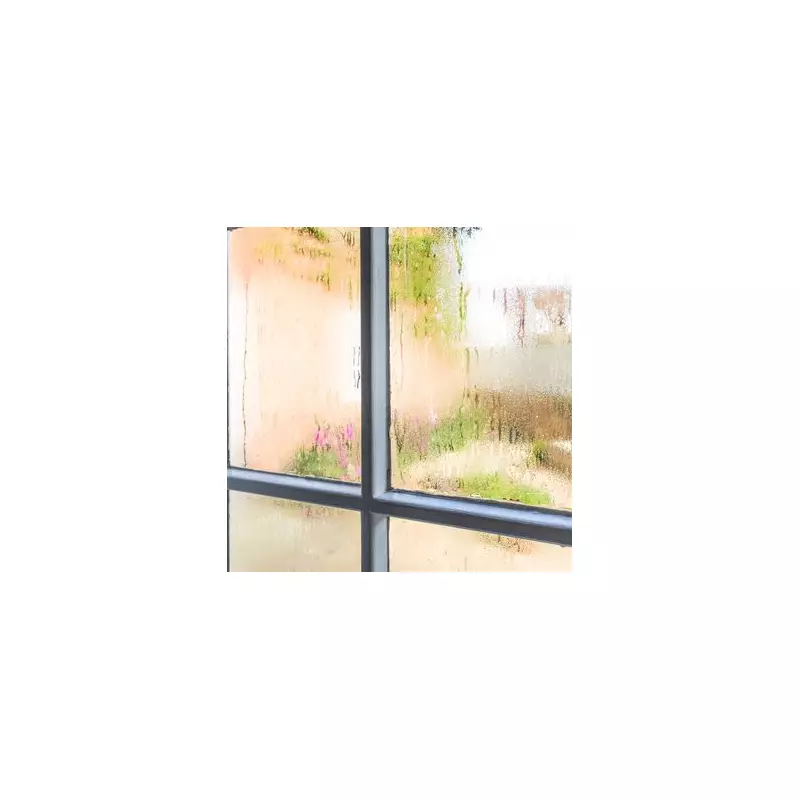
As temperatures plummet across Britain, millions of homeowners are waking up to familiar sight: windows streaming with condensation. This common winter nuisance isn't just annoying - it can lead to serious mould problems and damage to your property if left unchecked.
Why Condensation Strikes in Colder Months
Condensation occurs when warm, moist air meets cold surfaces like windows and walls. Modern homes, with their improved insulation and airtight construction, can actually make the problem worse by trapping moisture inside.
Common moisture sources include:
- Cooking and boiling kettles
- Showering and bathing
- Drying clothes indoors
- Even breathing releases moisture into the air
Simple Solutions to Keep Your Home Dry
Ventilation is your first line of defence. Opening windows for just 15-20 minutes daily can work wonders. Focus on moisture-prone areas like kitchens and bathrooms immediately after use.
Invest in a dehumidifier - these devices actively remove moisture from the air and can be particularly effective in smaller spaces or rooms where drying clothes is necessary.
Quick Fixes for Immediate Relief
- Window insulation film: Applying plastic film creates an insulating barrier that keeps glass surfaces warmer
- Absorbent materials: Placing salt or silica gel near problem areas can absorb excess moisture
- Extractor fans: Ensure yours are working efficiently and use them during and after cooking or showering
Long-Term Prevention Strategies
Consider upgrading to double or triple-glazed windows if your budget allows. The improved insulation significantly reduces cold surfaces where condensation forms.
For rental properties or older homes where replacement isn't possible, thermal curtains can provide an extra layer of insulation during the coldest nights.
Remember: Consistent small actions make the biggest difference in controlling condensation. Making ventilation part of your daily routine will protect your home's structure and your family's health from mould-related issues.





